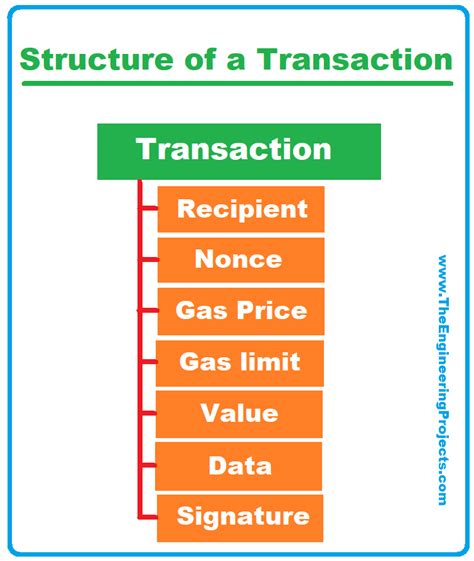Waiting for a specific block number with Ethereum Transactions: Using NLocktime
Ethereum provides several parameters However, using nlocktime alone may not guarantee that a transaction will wait for a specific block number.
What is nlocktime?
NLocktime Represents’ This parameter allows for more flexible and predictable transaction times, but it also introduces additional complexity.
Waiting for a specific block number with nlocktime
, You need to use the following Syntax:
`Solidity
transactiondata.nlocktime = blocknumber;
Replace blocknumber with the desired block number and make sure it’s a valid integer.
Why is this useful?

Waiting for a specific block number with nlocktime can be beneficial in various scenarios:
*
.
* Reducing congestion :
Example Use Case
Suppose . We can use nlocktime like this:
`Solidity
Pragma Solidity ^0.8.0;
Rewardsystem contract {
Uint256 Public Rewardinterval;
Mapping (address => uint256) Public Rewards;
Function Setrewardinterval (Uint256 _Rewardinterval) Public {
Require (_rewardinterval> = 1; / Ensure Positive Block Number /)
Require (_rewardinterval <= 3600000; / ENSURE REARARD INTERVAL IS VALID /)
rewardinterval = _Rewardinterval;
}
Function Withdrawwards (Address User, Uint256 Amount) Public {
Require (Rewards [User]> 0; / Check If User Has Rewards /)
Require (Block.Timestamp> = Blocknumber - Rewardinterval; / Wait for the Specified Block Number /)
// Transfer Rewards to the User
rewards [user] -= amount;
}
}
In this exam, This ensures that all rewards are transferred after a fixed interval.
Conclusion
Using nlocktime with Ethereum transactions provides more control over However, it is essential to understand the limitations of nLocktime and use it judiciously to avoid unexpected behavior or bugs.
